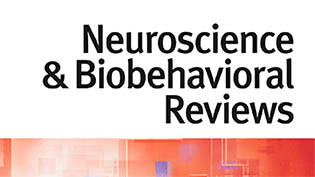Using graph convolutional network to characterize individuals with major depressive disorder across multiple imaging sites
*Authors: Kun Qin, Du Lei, Walter HL Pinaya, Nanfang Pan, Wenbin Li, Ziyu Zhu, John A. Sweeney, Andrea Mechelli, Qiyong Gong *
Journal: EBioMedicine - The Lancet
DOI: 10.1016/j.ebiom.2022.103977
Abstract:
Background: Establishing objective and quantitative neuroimaging biomarkers at individual level can assist in early and accurate diagnosis of major depressive disorder (MDD). However, most previous studies using machine learning to identify MDD were based on small sample size and did not account for the brain connectome that is associated with the pathophysiology of MDD. Here, we addressed these limitations by applying graph convolutional network (GCN) in a large multi-site MDD dataset.
Methods: Resting-state functional MRI scans of 1586 participants (821 MDD vs. 765 controls) across 16 sites of Rest-meta-MDD consortium were collected. GCN model was trained with individual whole-brain functional network to identify MDD patients from controls, characterize the most salient regions contributing to classification, and explore the relationship between topological characteristics of salient regions and clinical measures.
Findings: GCN achieved an accuracy of 81·5% (95%CI: 80·5-82·5%, AUC: 0·865), which was higher than other common machine learning classifiers. The most salient regions contributing to classification were primarily identified within the default mode, fronto-parietal, and cingulo-opercular networks. Nodal topologies of the left inferior parietal lobule and left dorsolateral prefrontal cortex were associated with depressive severity and illness duration, respectively.
Interpretation: These findings based on a large, multi-site dataset support the feasibility and effectiveness of GCN in characterizing MDD, and also illustrate the potential utility of GCN for enhancing understanding of the neurobiology of MDD by detecting clinically-relevant disruption in functional network topology.
